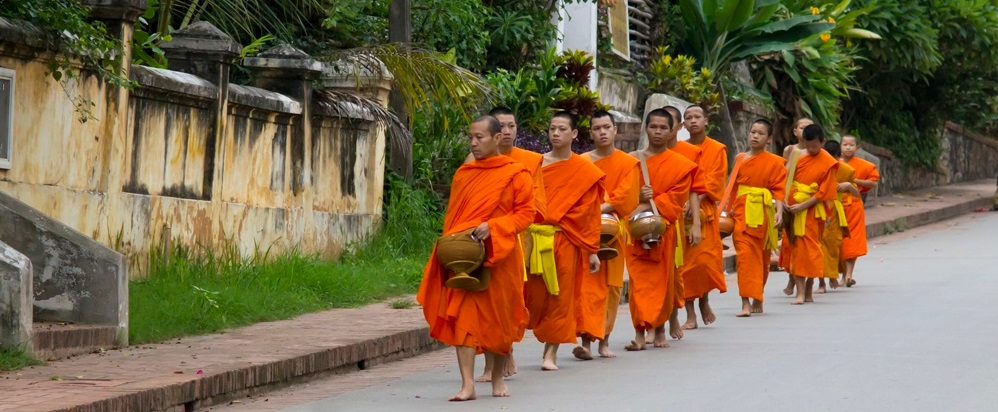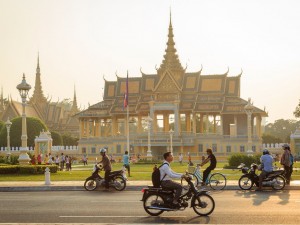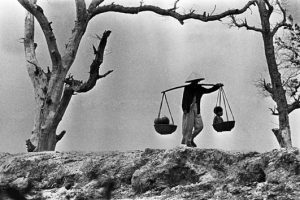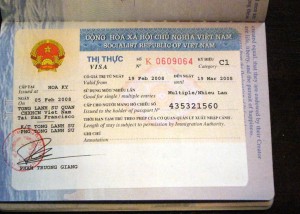Laos Racing to Lift Tourism

For tourism professionals in the Lao People’s Democratic Republic (Laos), these are very busy times, especially for those who have the responsibility of bringing their country up to the sort of standards that will be necessary to reap the rewards of a tourism that is growing faster and faster.
Even as Lao authorities lobbied to get the Plain of Jars onto UNESCO’s World Heritage List, perhaps in 2015, the country’s tourism community explored the challenges inherent in the implementation of the ASEAN Economic Community (AEC) in 2015. Last week, the Lao National Institute of Tourism and Hospitality (LANITH) hosted more than 80 public and private stakeholders in Lao tourism to the 15th LANITH Symposium in Luang Prabang to explore the implementation of the AEC this year.
Last December, Lao officials unveiled more than 20 projects to develop and improve the country’s tourism with a $10.3 million budget to finance the work. While Lao tourism is mostly known for the Plain of Jars and the beauty of Luang Prabang, officials say the country has some 700 cultural, historical and scenic attractions with tourism potential.
Developing a full menu of attractions and experiences is only one of the essential steps that need to be taken. Hotel rooms need to be added, training must be done and relationships must be built between a cautious government and a nascent travel industry that’s champing at the bit.
There are few hospitality traditions in a country that has been slowly emerging from under a self-imposed policy of isolation for decades. In October, LANITH Vientiane broke ground on a $1 million “Centre of Excellence” training complex, which will expand the capacity of the existing institute’s tourism and hospitality campus. The two-story complex holds six classrooms; a fully equipped training kitchen; a housekeeping lab; a tour operator/front office lab; and staff offices.
Construction is slated for completion in October 2015. LANITH has also been sponsoring Sales and Marketing training courses in order to develop managerial expertise for the industry at the LANITH School on the Pakpasak Technical College Campus in Vientiane.
In July, the Lao Ministry of Industry and Commerce launched “The Mark,” a program to improve the hygienic standards of Lao restaurants. The Mark certifies the restaurants that undergo and pass an audit that checks that minimal global guidelines for food production, workplace safety and hygiene are being met. About 100 restaurant and hotel managers turned out this summer in Luang Prabang for the launch. Operated by LANITH, The Mark citation is valid for two years and then a new audit must take place.
Luang Prabang is the UNESCO World Heritage-listed center of tourism in Laos.
The city is located at the confluence of the Mekong and the Nam Khan Rivers. It was the royal capital of Laos from the 14th century until the monarchy was abolished in 1975. In the city, tourists visit the Royal Palace and such architectural jewels as the stilted traditional homes, French Colonial buildings and the National Museum.
Luang Prabang’s hotel sector is doing its best to keep up with demand. The end of this year will bring the much-anticipated opening of the $40 million Anantara Resort and Spa. The resort will bring 100 rooms and 13 villas to Xiengkeo Village on the banks of the Mekong River in a mountainous landscape. Accor will manage the 3 Nagas and the Hotel de la Paix.
The French hotel giant has upgraded and improved the properties and will now dive into a rebranding that will reestablish both hotels as the Sofitel Luang Prabang and 3 Nagas Hotel, MGallery Collection. The boutique 15-room 3 Nagas resides in three restored UNESCO Heritage buildings. The three-star Xishuangpanna Hotel opened last spring in the center near the city’s Night Market, the Royal Palace and Mount Pho Si.
In the country’s modern capital Vientiane, the Moungkhoun Hotel was upgraded and reopened as the 30-room Seasons Riverside Hotel. The 200-room Landmark Mekong Riverside Hotel opened in the city center with views over the river. The hotel is a short walk from the city’s restaurants, bakeries and coffee shops.
Nobody questions the majesty of the Plain of Jars, almost 90% of any Laos tour packages are included a visit to this area, but the site needs such infrastructure as hotel rooms, roads and more. Located on a plateau in northern Laos, the Plain has more than 90 sites scattered with 2,000 one-to three-meter high ancient stone jars that are believed to have been used in Iron Age burial rites. The government has petitioned for UNESCO recognition since 1992, but UNESCO officials may be reticent due to the
unexplored ordnance from U.S. bombings during the Vietnam War.
Between 1964 and 1973, about 2 million tons of ordnance were dropped on Laos, which wasn’t even an antagonist in the Vietnam War. The bombing made it the most heavily bombed country per capita in history. About a third of the bombs failed to detonate and continue to add to the more than 50,000 casualties that have occurred in the last 50 years.
Tourism is Lao’s second-largest revenue generator and there’s plenty of reason to be encouraged for its prospects in tourism. Among the latest experiences being offered are the new Mandala Ou Resort, a Yoga retreat on the Nam Ou River about 90 miles from Luang Prabang; night safaris in the Nam Et – Phou Louey National Protected Area where such wildlife as tiger, gaur, Sambar deer and white-cheeked gibbon still survive; and the luxury cruiser RV Laos Pandaw will offer new itineraries for 2015, including a 10 night Laos expedition that also enters Thailand and Myanmar.
News Source: travelpulse.com








